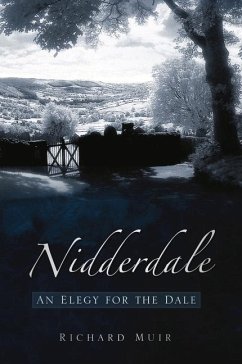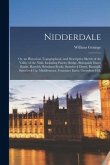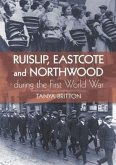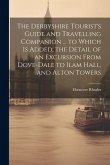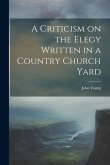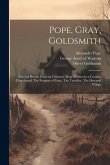This is the story of the shaping, over several millennia, of a valley community of the Yorkshire Dales. The valley is Nidderdale, a brooding and watery place which takes its name from the Celtic/Danish for valley of the brilliant or sparkling water. Here, a simple sufficiency flourished over time, influenced by English and Scandinavian settlers. New masters, technologies, and regulations led to the development of a distinctive dialect and culture. Yet, in the space of a few decades this cultural edifice has been utterly demolished. This book demonstrates the multi-layered nature of cultural revolution, celebrating the complexity of social advancement. Furthermore, it laments the lost indigenous culture of the Dales. With use of literary passages to portray life in former times, it is a book that evokes history. The use of infra-red photography produces unsettling, timeless illustrations that complement the sense of loss depicted. This guide to the history underlying the individuality of a people and to the landscape history of their homeland is unique to Nidderdale, although similar stories could be told of lost cultures across Britain. This powerful evocation from a leading popular author on landscape history presents an insightful and significant elegy of the past.
